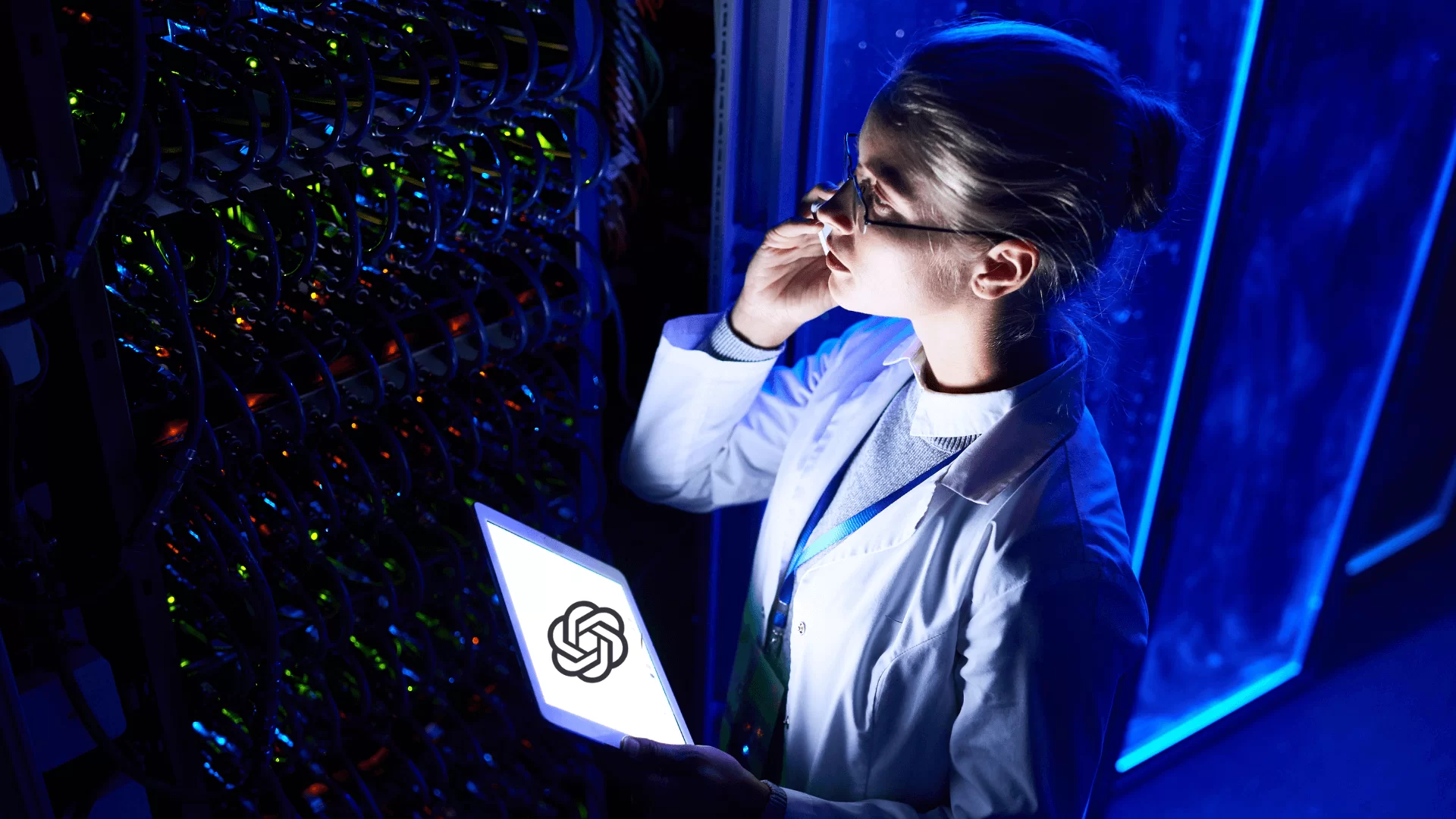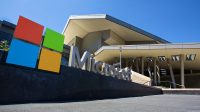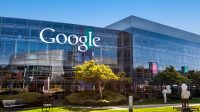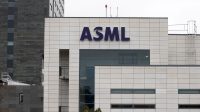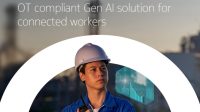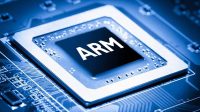In the realm of artificial intelligence, foundation models have undeniably reshaped the digital landscape. Large Language Models (LLMs) such as ChatGPT, LLaMA, and Bard have revolutionized language-based AI, propelling us into an era where machines generate human-like responses and tackle complex problem-solving tasks.
While the limelight often shines on OpenAI’s GPT models, there’s a new frontier emerging that could define AI for generations: robotics. The prospect of creating AI-powered robots capable of learning to interact with the physical world promises to revolutionize industries spanning logistics, transportation, manufacturing, retail, agriculture, and healthcare.
ChatGPT’s widespread adoption has paved the way for understanding this transformative moment in artificial intelligence. Now, the torch is passing to robotics, and the parallels with language models are striking.
Foundation Model Approach
The success of GPT lies in its departure from building niche AIs for every use case. Instead, a universal foundation model proves more effective, leveraging learnings from various tasks. This approach is now poised to redefine the field of robotics.
Training on a Large, Proprietary, and High-Quality Dataset
GPT’s triumph is attributed to its training on a vast and diverse dataset. Similarly, building a “GPT for robotics” necessitates not only a large dataset but one of high quality, curated for real-world physical interactions.
Role of Reinforcement Learning (RL)
In both language models and robotics, reinforcement learning plays a crucial role. Reinforcement Learning from Human Feedback (RLHF) aligns model responses with human preferences, allowing AI to navigate goals without a predefined pattern, mirroring the human learning process.
The Robotics Revolution
Foundation Model Approach in Robotics
Just as GPT tackled language tasks, a foundation model for robotics is taking shape. This paradigm shift allows a single AI to work across diverse physical tasks, enhancing adaptability in unstructured real-world environments.
Training on a Large, Proprietary, and High-Quality Dataset in Robotics
Teaching robots successful actions requires extensive high-quality data. Unlike language or image processing, there’s no preexisting dataset for physical interactions, making the challenge more complex but crucial in robotics.
Reinforcement Learning in Robotics
The autonomy achieved by GPT in language tasks finds its counterpart in robotics through deep reinforcement learning (deep RL). This self-learning approach enables robots to adapt and fine-tune their skills in response to diverse scenarios.
The Coming Wave
In recent years, AI and robotics experts have laid the groundwork for a robotic foundation model revolution. The complexity lies in meeting the diverse physical requirements across industries and adapting to different hardware applications.
Warehouses and distribution centers provide an ideal learning environment for robotics, offering a rich dataset for training. As we look ahead, the trajectory of robotic foundation models is set to accelerate, with a surge in commercially viable applications expected in 2024.
Conclusion: The AI Robotics “GPT Moment” Approaches
The fusion of AI and robotics represents a groundbreaking juncture. With the exponential growth of robotic foundation models, particularly in precise object manipulation tasks, the dawn of the AI robotics “GPT moment” is on the horizon. Chen and other pioneers are steering us towards a future where robots seamlessly navigate the complexities of the physical world, redefining the landscape of artificial intelligence.


